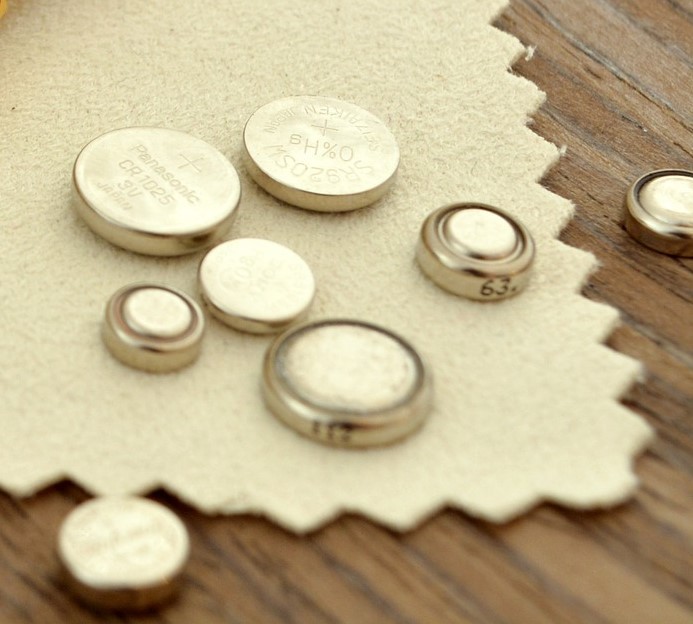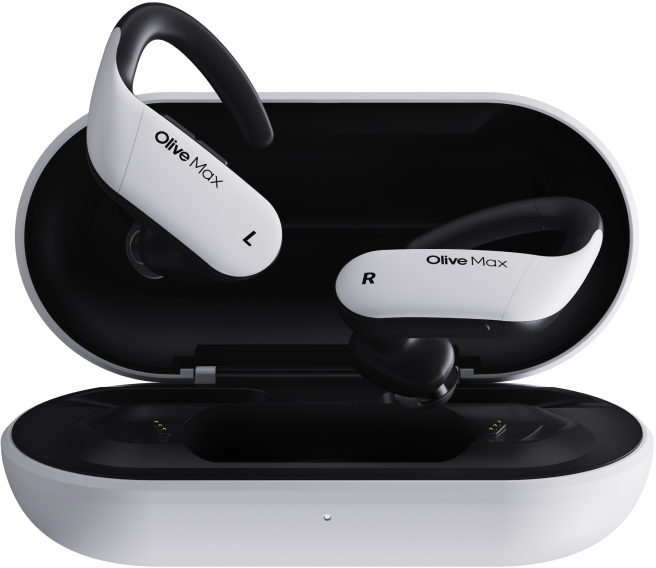
This article has been audited and reviewed by Dr. Ben Thompson, an audiologist and tinnitus expert. For more information about Dr. Thompson, click his name or read his bio below the article!
Hearing aids are expensive – depending on the style and technology of the hearing aid they can range from $1,000 to more than $6,000 per pair! Most people experience binaural hearing loss which means they’ll need a hearing aid for each ear. Finally, contrary to what one might expect, many insurance providers either don’t cover the costs of hearing aids or only cover a fraction of the cost.
The costs of hearing aids don’t stop with the device itself, however. There are several potential additional costs that may arise throughout the process of obtaining hearing aids. For example, the cost of hearing aid batteries, tests, follow-ups, and cleaning tools and supplies are some of the hidden additional costs that are required for your hearing aid upkeep.
Costs of Hearing Tests
Before you purchase and get fitted for hearing aids, the first thing you’ll do if you’re experiencing hearing loss is seeking a hearing test from a licensed audiologist or other hearing health care professional. These tests are usually covered by insurance. They can cost up to $250 for uninsured people; it’s highly dependent on the hearing clinic or audiologist you see. Many sellers of hearing aids do offer free hearing tests.
Luckily, most insurance companies throughout the United States cover routine hearing tests even if they don’t cover hearing aids. Check with your insurance provider to see what is covered and what is not. If your hearing test is covered, then you will most likely pay an office visit copay between $5 and $75, depending on your insurance provider.
Checkups and Follow-Up Tuning
Once you are fitted with a hearing aid, you will most likely need to return to the office or clinic so that the audiologist can adjust or fine-tune your hearing aid so that you are getting the best experience from your device. Depending on the hearing clinic or audiologist, some will bill you based on the amount of time your visits take, while some will include a specified number of visits with the bundled cost of your hearing aids.
Most hearing aids today are sold in this bundled model, which usually means that you do not have to pay for check-ups and follow-up tuning of the hearing aids.
The length of a visit will in large part depend on which services you need, such as fitting the hearing aids, reprogramming them, installing new earmolds or domes, or professional cleaning among others.
Accessories for Hearing Aids
There are some accessories that you will need to purchase in order to maintain your hearing aid. Wax guards protect the speaker from accumulating wax and should be changed once every few months, or more frequently if you experience wax build-up. Replacement wax guards are typically given to patients for free, but some clinics charge about $10 for a pack of 10 guards.
The dome, which is a rubber piece that surrounds the portion of your hearing aid that fits snugly into your ear, often becomes damaged and needs to be replaced. Replacement domes are usually free, but some clinics charge approximately $10 for a pack of 10.
A hearing aid cleaning kit is a must-have, as daily cleaning of your hearing aid is recommended to keep it free of dirt and wax. The cleaning kit is almost always included at no extra charge. The kit usually includes five tools:
- Battery replacement magnet: to easily remove and replace your hearing aid battery
- Battery door opener: a tool to easily open the small battery door
- Tube & vent cleaner: to clean wax and dirt from the tubes and vents
- Wax pick/wire loop: to clean wax out of small crevices
- Wax removal brush: a soft brush to safely clean hearing aid components
The Cost of Hearing Aid Batteries

You’ll spend more upfront on a pair of hearing aids that are rechargeable than a pair with non-rechargeable removable batteries, but the higher price may be worth it. Hearing aids with removable batteries can go through a lot of batteries.
The various sizes are roughly the same in cost for hearing aid batteries: approximately $20 for a pack of about 60 batteries. The difference between them is in how long they last. Not surprisingly, the larger the battery, the longer it lasts. The capacity of a tiny size 10 battery is approximately 93 milliAmp hours (mAh), whereas the largest hearing aid battery, size 675, has a capacity of approximately 627 mAh. Hearing aid batteries have the following average life:
- Size 10: 3-7 days
- Size 312: 3-10 days
- Size 13: 6-14 days
- Size 675: 9-20 days
As a result of the differences in the life of varying battery sizes, the amount of time you can use your hearing aid before having to change the batteries will depend on the style of hearing aid you have. Behind-the-ear hearing aids last the longest because they use the largest battery size, whereas smaller hearing aids, such as invisible-in-canal, have a shorter life because they use the smallest batteries.
Some hearing aids have additional technology such as noise reduction, feedback cancellation, and Bluetooth which while useful, will deplete the battery at an increased rate.
Luckily some hearing aids nowadays come with rechargeable batteries, removing the need for replacement batteries, and reducing the additional cost of hearing aid batteries! While the initial price may be a bit higher, the long-term savings and reduced stress from managing tiny little batteries are definitely worth it.
How Much Do Hearing Aid Repairs Cost?
A two or three-year warranty is usually offered by an audiologist when they sell a hearing aid. These warranties will vary, but usually include replacement or repair of parts for the length of the warranty. Some include one complete replacement, in case you misplace a hearing aid.
Once the warranty expires, the hearing aid owner is responsible for all repair or replacement costs. Because today’s hearing aids are expected to last five to seven years, purchasing an extended warranty through the manufacturer may be worth the expense. Another option is to purchase insurance on your hearing aid through a private provider. Check with the company that provides your homeowner’s insurance; they may allow you to add a hearing aid to your policy.
If you end up having to pay for repairs out of pocket, then you should expect to pay anywhere from approximately $100 to $200 for issues related to the internal parts of your hearing aid such as the microphone, receiver, or speaker. Damage to the outer casing out of the warranty period will cost approximately $5300 to $500 to replace.
These costs will vary greatly based on the specific style and model of hearing aid that you own. If your ears change shape and your hearing aid no longer fits, new earmolds cost approximately $75 to $100. Reprogramming your hearing aids costs approximately $100 to $300.









